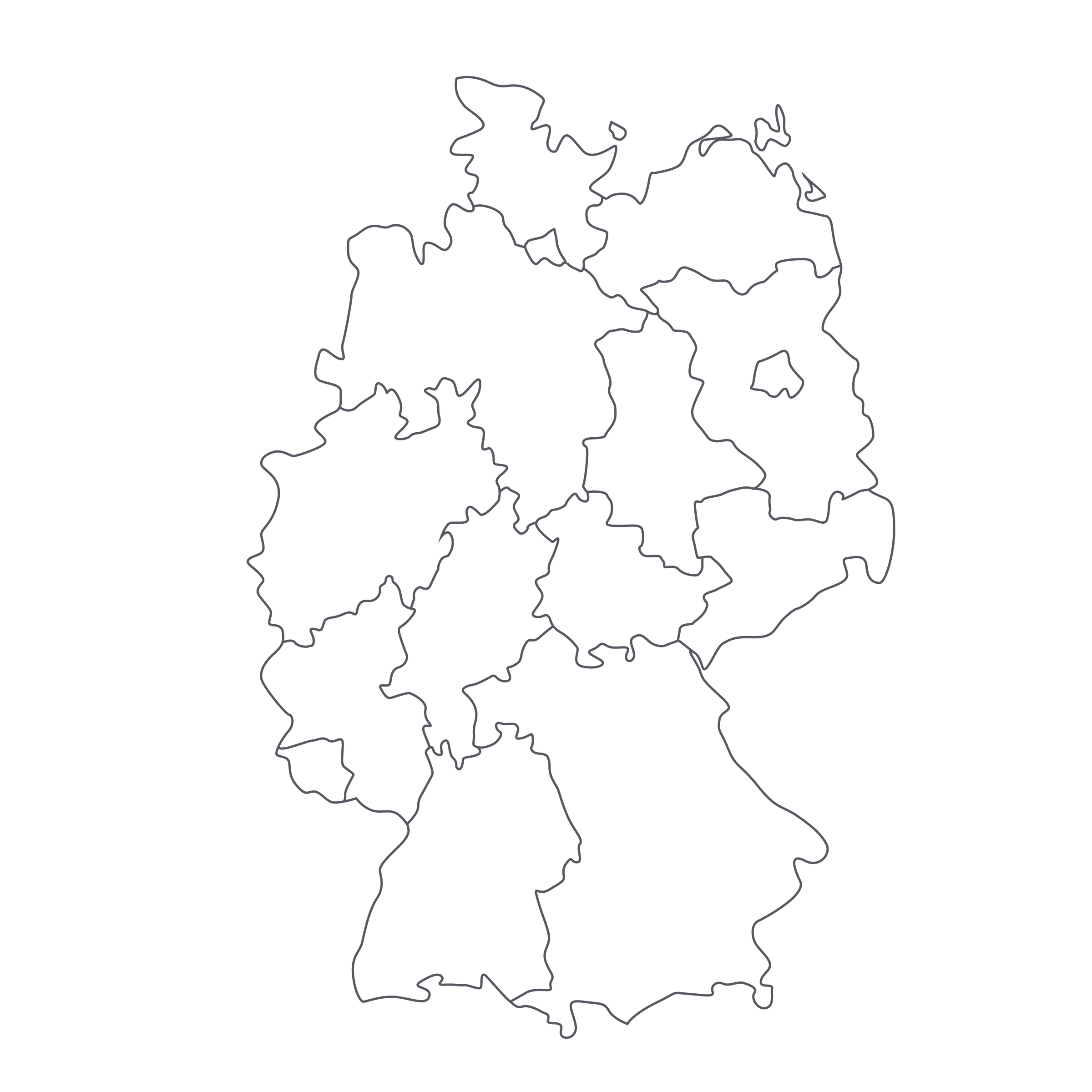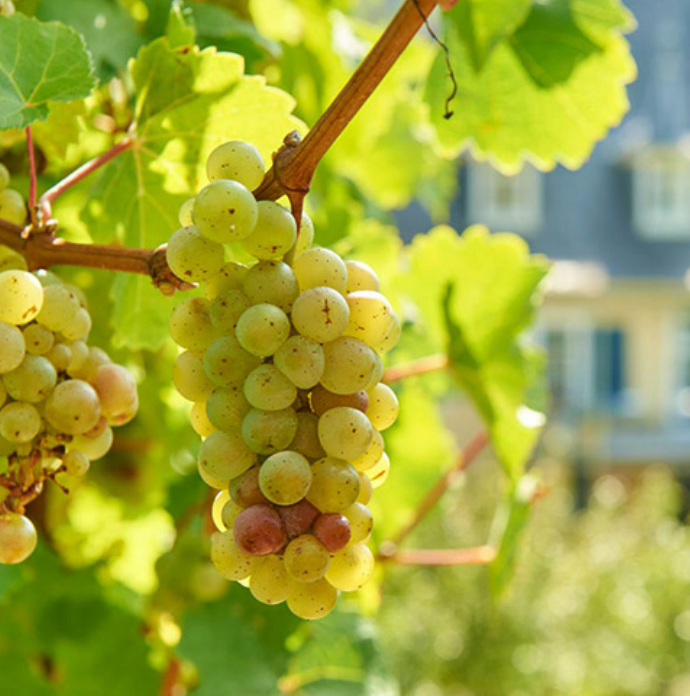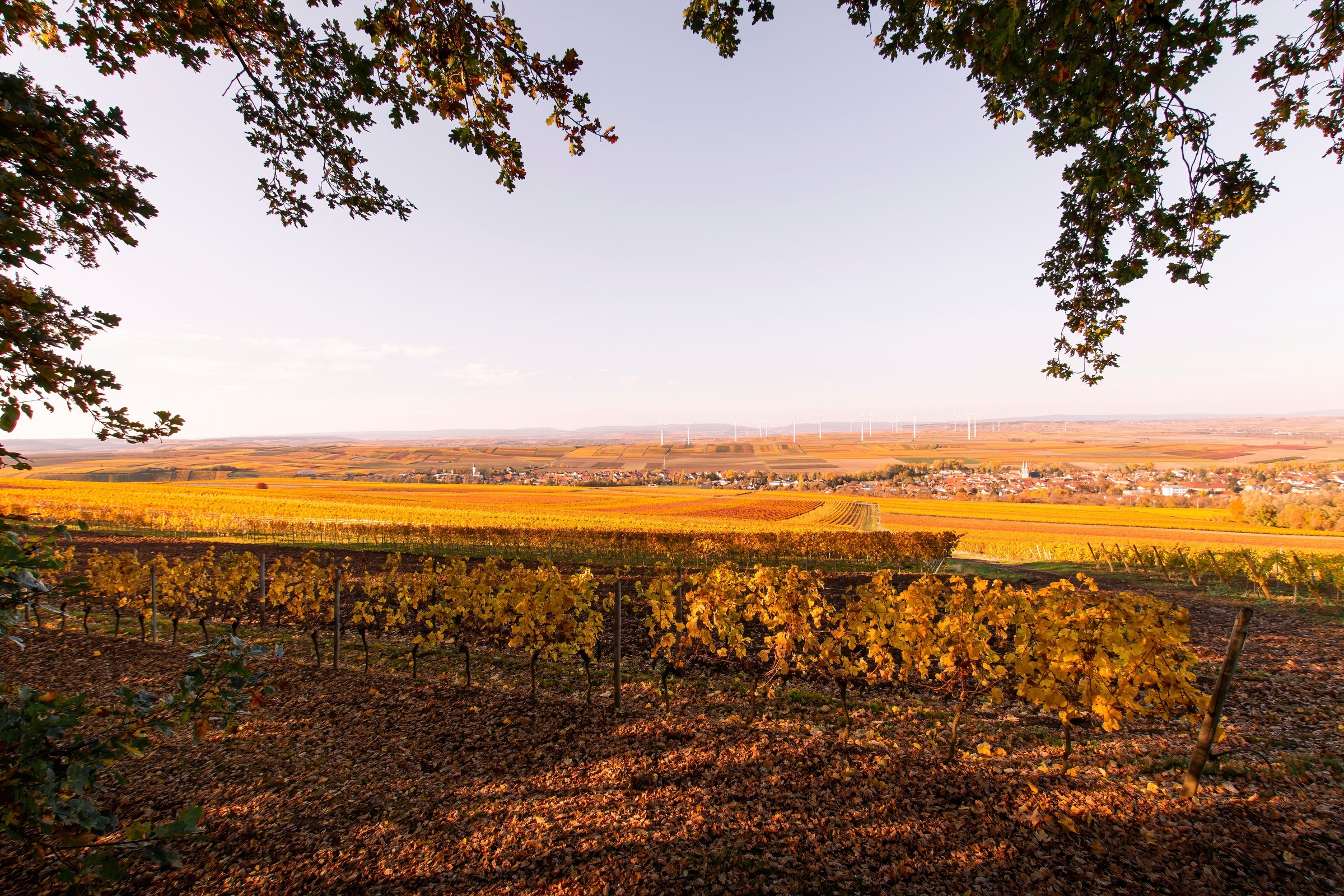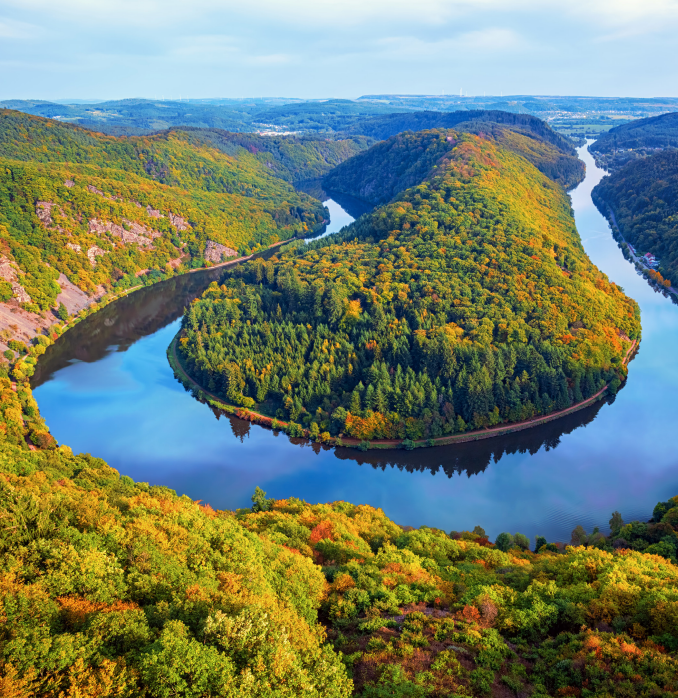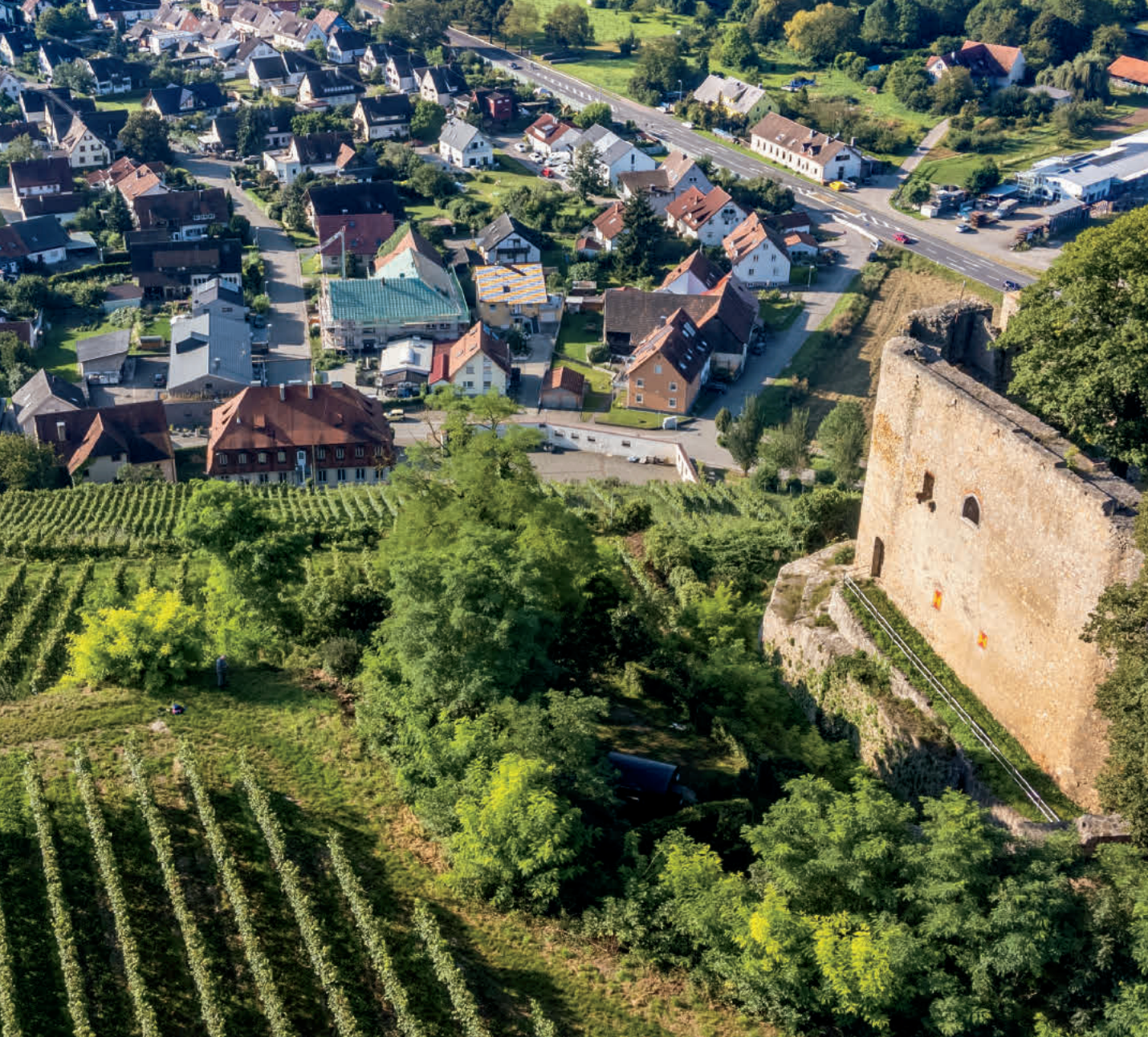In the film industry, January was traditionally considered a “dump month”—the time of year to release movies with poor commercial or critical prospects. Well, there are no dump months at SommSelect. Every day we’re trying to top what we did the day before, which is why we’re coming right out of the gate in early January with one of the best aged Riesling values we’ve ever offered—and as you know, we offer a lot of them.
Today’s sumptuous Spätlese from Karlsmühle comes direct from the winery’s historic cellar and is one of my most cherished finds from a trip to Germany last year. SommSelect is likely the only place you’ll find this 2010, and what a breathtaking value it is: Sourced from what is considered the top vineyard site in the Ruwer river valley—“Kaseler Nie’schen”—this is a Riesling of palate-coating depth and profound minerality, perfectly balancing its
spätlese-level residual sugar with an electric charge of acidity. A wide range of ‘secondary’ Riesling aromas and flavors have begun to develop as the wine nears a decade of age, and yet the wine refreshes and enlivens the palate as only Riesling can. Then there’s the price: $25 for a perfectly stored, cellar-direct treasure. As I said, we’re never going to “mail it in” here, regardless of the time of year—get yourself some of this!
“Kaseler” means “from the town of Kasel,” which is just south of where the Ruwer River meets up with the Mosel. Kasel’s “Nies’chen” vineyard, its best-known site, rises at such a dizzyingly steep grade (about 70%) you can’t help but wonder how it was planted to vines in the first place. It’s considered to be the top site in the entire Ruwer Valley, with soils of Devonian blue slate turning out finely etched, ethereally aromatic Rieslings like today’s. The miraculous tension so unique to German Rieslings—wherein an ‘off-dry’ wine finishes nearly dry—is something I’ll never tire of experiencing. Somewhere along the line, people got it into their heads that “sweet” equaled “bad,” even though there are so many wines like this one that so forcefully rebut that notion.
And there’s so much story behind it: Headquartered in Mertesdorf (one town over from Kasel), Karlsmühle has been in proprietor Peter Geiben’s family since 1889, although as a farm it goes back much farther than that: remnants of a Roman-era stone mill are still extant on the property. The Karlsmühle vineyard holdings extend over 12 hectares, including a small piece of the acclaimed “Nies’chen.” This site is so steep it contains practically no topsoil—it’s nearly pure blue slate and faces south/southwest, producing wines of incredible focus, depth, and mineral intensity.
Today’s 2010 from Kaseler Nies’chen is a textbook example of what happens to pedigreed Riesling as it nears a decade of age: It fleshes out, takes on a deeper, more golden cast, and develops richer, more tropical fruit notes. Texturally, it is viscous and rich, with ample residual sugar balanced by amazing freshness. In the glass, it shines a deep yellow-gold moving to green at the rim, with an intensely perfumed nose of dried green apple, dried apricot, red mango, honeysuckle, lime blossom, over-ripe white peach, banana peel, petrol, and wet slate. The palate is off-dry but immediately balanced by high acidity, which brings tension and structure to the wine along with a dry finish. The flavors on the palate are driven by dried peaches, apricots, mango, and kaffir lime zest and green apple framed by an extensively long, distinctly ‘slate-y,’ mineral finish. A truly stunning Riesling like this has just the right amount of sugar and acid balance to age perfectly for more time than you can even imagine—I don’t doubt this one has another decade in the tank at least, and over time it will become (perception-wise) more and more dry; the sugar will slowly fade away and the wine’s intricate complexity will only increase. I can never resist pairing wines like this with spicy Southeast Asian preparations, like the attached: sweet, sour, spicy…you name it, this wine can handle it! Cheers!


